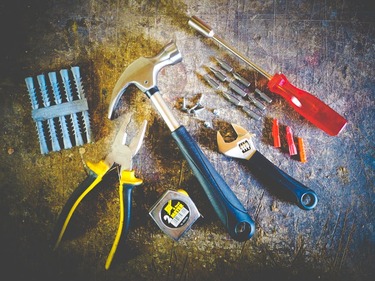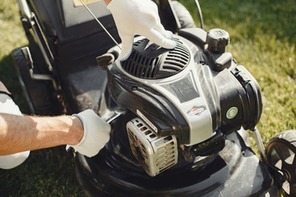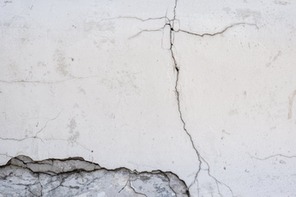- Local.Repair
- Blog
- The Best Tools for Home Repairs: A Comprehensive List
The Best Tools for Home Repairs: A Comprehensive List

Introduction: Importance of Having the Right Tools for Home Repairs
Home repairs are inevitable for every homeowner, whether it's fixing a leaky faucet, hanging a picture frame, or tackling a larger project like renovating a bathroom. Having the right tools at your disposal can make all the difference between a successful repair and a frustrating, time-consuming endeavor. A well-equipped toolkit not only saves you time and money in the long run but also gives you the confidence to take on any repair task that comes your way. In this article, we will provide a comprehensive list of the best tools for home repairs to help you build a toolkit that meets all your needs.
1. Essential Hand Tools for Every Homeowner's Toolbox
Every homeowner should have a set of basic hand tools in their toolkit. Some essential hand tools include a hammer, screwdrivers (both flathead and Phillips), pliers, adjustable wrench, tape measure, utility knife, and level. These tools are versatile and can be used for a wide range of repair tasks around the house, from assembling furniture to fixing minor electrical issues.
2. Power Tools That Make Home Repairs a Breeze
Power tools can make home repairs faster, easier, and more efficient. Some must-have power tools for home repairs include a cordless drill, circular saw, jigsaw, and orbital sander. These tools are essential for projects that require cutting, drilling, or sanding, such as building shelves, installing flooring, or refinishing furniture.
3. Must-Have Measuring and Marking Tools for Accurate Work
Accurate measurements and markings are crucial for successful home repairs. Some essential measuring and marking tools to have in your toolkit include a tape measure, combination square, carpenter's pencil, and chalk line. These tools ensure that your cuts are precise, your installations are level, and your finished project looks professional.
4. Safety Equipment That Shouldn't be Overlooked
Safety should always be a top priority when doing home repairs. Essential safety equipment to have on hand includes safety goggles, work gloves, ear protection, dust mask, and a first aid kit. These items help protect you from potential injuries and ensure that you can work safely and comfortably.
5. Organization Systems to Keep Your Tools in Order
Keeping your tools organized not only saves you time but also prolongs the lifespan of your equipment. Invest in a tool box, tool bag, or tool chest to keep your tools neat and easily accessible. Consider using drawer organizers, pegboards, or wall-mounted racks to further organize your tools and prevent clutter in your workspace.
6. Specialty Tools for Specific Home Repair Tasks
Some home repair tasks may require specialty tools that are designed for a specific purpose. These tools can range from a pipe wrench for plumbing repairs to a stud finder for hanging heavy objects on walls. It's helpful to have a few specialty tools in your toolkit to tackle unique repair tasks efficiently.
7. Quality Materials for Long-Lasting Repairs
In addition to having the right tools, using quality materials is essential for long-lasting repairs. Invest in high-quality screws, nails, adhesives, paints, and finishes to ensure that your repairs stand the test of time. Quality materials not only improve the durability of your repairs but also enhance the aesthetics of your finished projects.
8. Tool Maintenance Tips to Extend Their Lifespan
Proper maintenance of your tools is key to extending their lifespan and ensuring that they perform at their best. Regularly clean and lubricate your tools, store them in a dry and secure location, and inspect them for any signs of wear or damage. By taking care of your tools, you can prevent premature wear and tear and save money on replacements.
9. Budget-Friendly Options for the DIY Homeowner
Building a toolkit for home repairs doesn't have to break the bank. Consider purchasing tools from reputable brands that offer good quality at an affordable price. Look for deals, discounts, and second-hand options to build your toolkit within budget. Remember that investing in durable tools is more cost-effective in the long run than constantly replacing cheap, low-quality tools.
Conclusion: Building Your Home Repair Toolkit for Success
Having the right tools for home repairs is essential for every homeowner. By investing in a well-equipped toolkit that includes essential hand tools, power tools, measuring and marking tools, safety equipment, organization systems, specialty tools, quality materials, and budget-friendly options, you can tackle any repair task with confidence and efficiency. Remember to prioritize safety, maintain your tools properly, and invest in quality materials to ensure that your repairs are long-lasting and professional-looking. By building a comprehensive toolkit and following best practices for home repairs, you can save time, money, and hassle in the long run.




